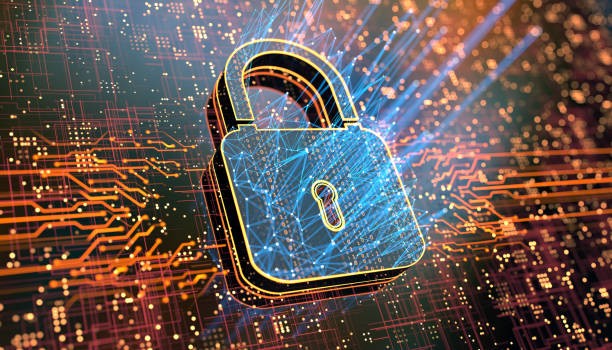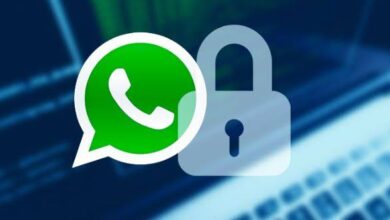
Essential Practices for a Safer Digital Life
In today’s hyper-connected world, our digital lives are intricately intertwined with our personal and professional identities. From social media interactions and online banking to remote work and cloud storage, our reliance on digital platforms is at an all-time high. While this connectivity brings convenience and efficiency, it also exposes us to various cyber threats. Cybersecurity breaches, identity theft, and data leaks have become increasingly common, making it imperative to adopt robust practices to safeguard our digital presence. This blog post delves into essential practices for a safer digital life, ensuring that you can navigate the online world with confidence and security.
Understanding Digital Risks
Before diving into the practices, it’s crucial to understand the types of risks we face in the digital realm:
- Malware and Viruses: Malicious software designed to damage, disrupt, or gain unauthorized access to computer systems.
- Phishing: Fraudulent attempts to obtain sensitive information by disguising as a trustworthy entity.
- Data Breaches: Unauthorized access and exposure of sensitive personal or financial information.
- Identity Theft: Stealing someone’s personal information to commit fraud.
- Ransomware: Malicious software that encrypts a user’s data, demanding payment for the decryption key.
With these risks in mind, let’s explore the essential practices to fortify your digital defenses.
Essential Practices for a Safer Digital Life
1. Strong, Unique Passwords
One of the simplest yet most effective ways to protect your online accounts is by using strong, unique passwords. Here’s how:
- Create Complex Passwords: Use a mix of uppercase and lowercase letters, numbers, and special characters.
- Avoid Common Phrases: Steer clear of easily guessable passwords like “password123” or “admin.”
- Unique for Each Account: Use different passwords for different accounts to prevent a single breach from compromising multiple services.
- Password Managers: Utilize password managers to generate and store complex passwords securely.
Also Check
2. Enable Two-Factor Authentication (2FA)
Two-factor authentication adds an extra layer of security by requiring a second form of verification in addition to your password. This could be a text message code, an authentication app, or a biometric verification. Enabling 2FA significantly reduces the risk of unauthorized access even if your password is compromised.
3. Regular Software Updates
Keeping your software and devices up to date is crucial in defending against cyber threats. Software updates often include patches for security vulnerabilities that hackers could exploit. Enable automatic updates for your operating systems, applications, and devices to ensure you’re protected with the latest security enhancements.
4. Be Wary of Phishing Attempts
Phishing attacks are designed to trick you into revealing personal information. To avoid falling victim:
- Verify the Source: Check the sender’s email address and look for inconsistencies or misspellings.
- Avoid Clicking on Links: Instead of clicking on links in emails or messages, manually type the website address into your browser.
- Look for Signs of Phishing: Be cautious of urgent requests for personal information or suspicious attachments.
5. Use Secure Networks
Public Wi-Fi networks can be breeding grounds for cyber threats. Whenever possible:
- Use VPNs: A Virtual Private Network (VPN) encrypts your internet connection, providing a secure browsing experience even on public networks.
- Avoid Sensitive Transactions: Refrain from conducting financial transactions or accessing sensitive information over public Wi-Fi.
6. Backup Your Data Regularly
Regular data backups ensure that you can recover your information in case of a cyber-attack or hardware failure. Use both cloud storage and physical backup solutions to keep your data safe and accessible.
7. Implement Robust Antivirus and Anti-Malware Solutions
Antivirus and anti-malware software can detect and remove malicious software before it causes harm. Ensure that your security software is always up to date and perform regular scans of your devices.
8. Educate Yourself and Others
Staying informed about the latest cybersecurity threats and best practices is vital. Attend workshops, webinars, and read credible sources on cybersecurity. Share your knowledge with friends and family to help them stay safe online as well.
In an era where our digital lives are constantly under threat, adopting these essential practices is crucial for maintaining security and privacy. By using strong passwords, enabling two-factor authentication, staying vigilant against phishing attempts, and regularly updating your software, you can significantly reduce the risk of cyber-attacks. Remember, cybersecurity is an ongoing process, and staying informed and proactive is key to a safer digital life. Take the necessary steps today to protect yourself and your loved ones from the ever-evolving landscape of digital threats.








